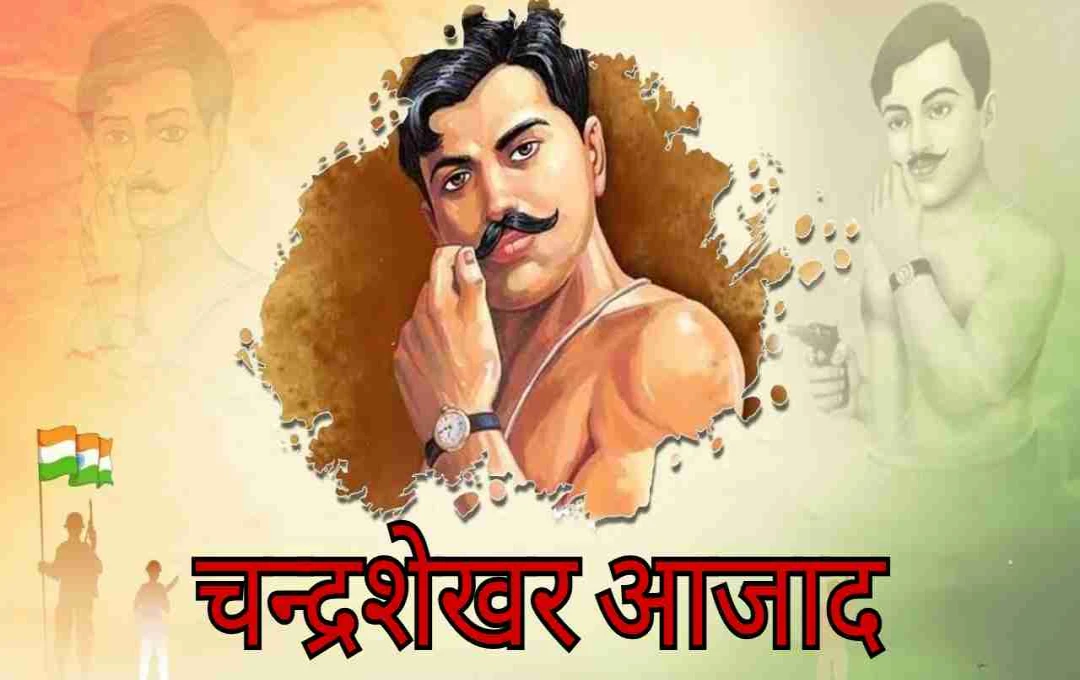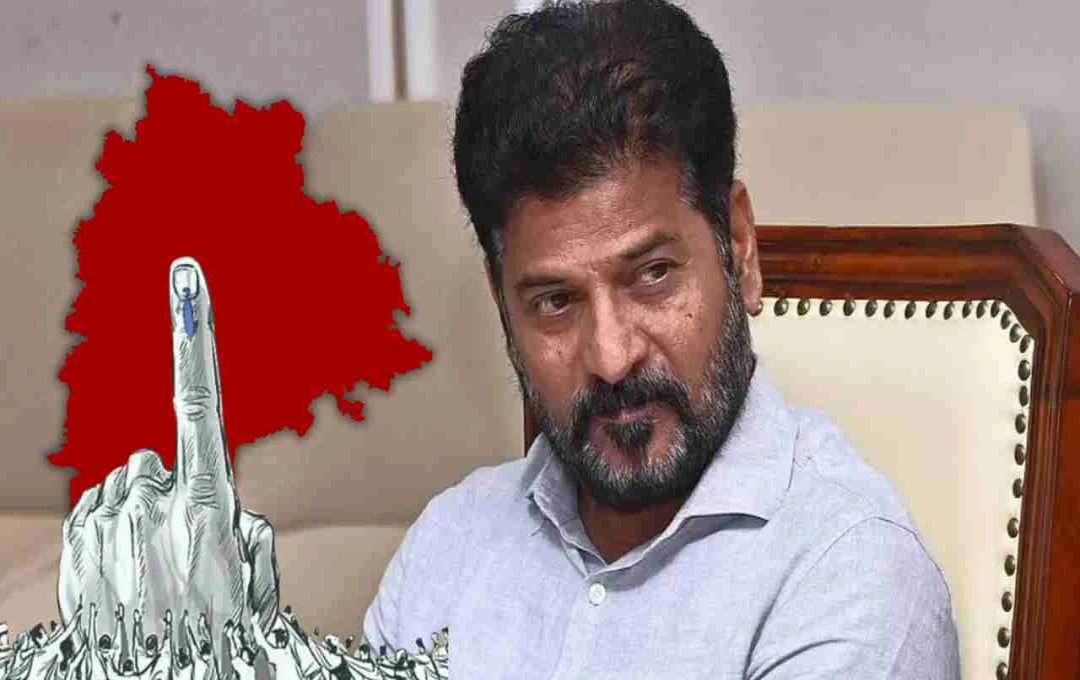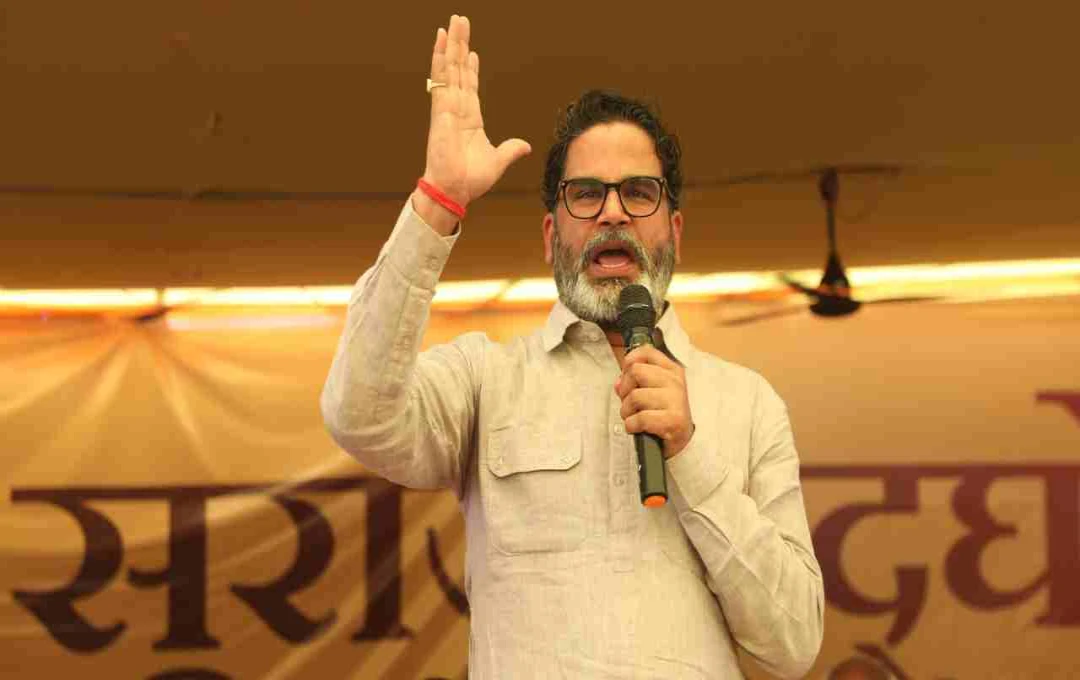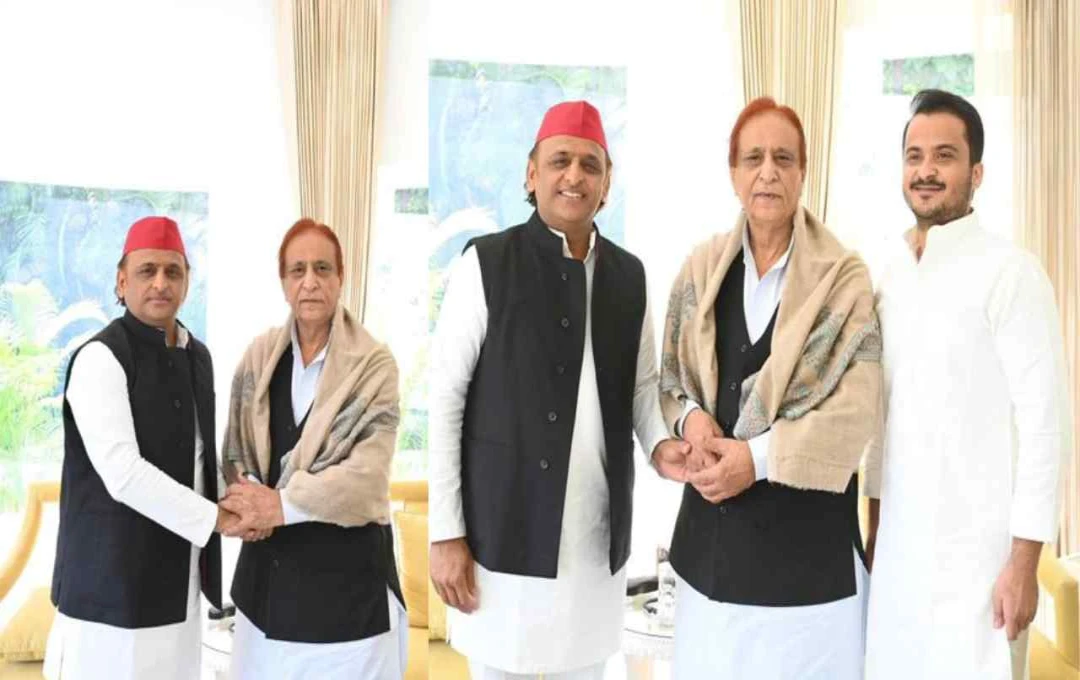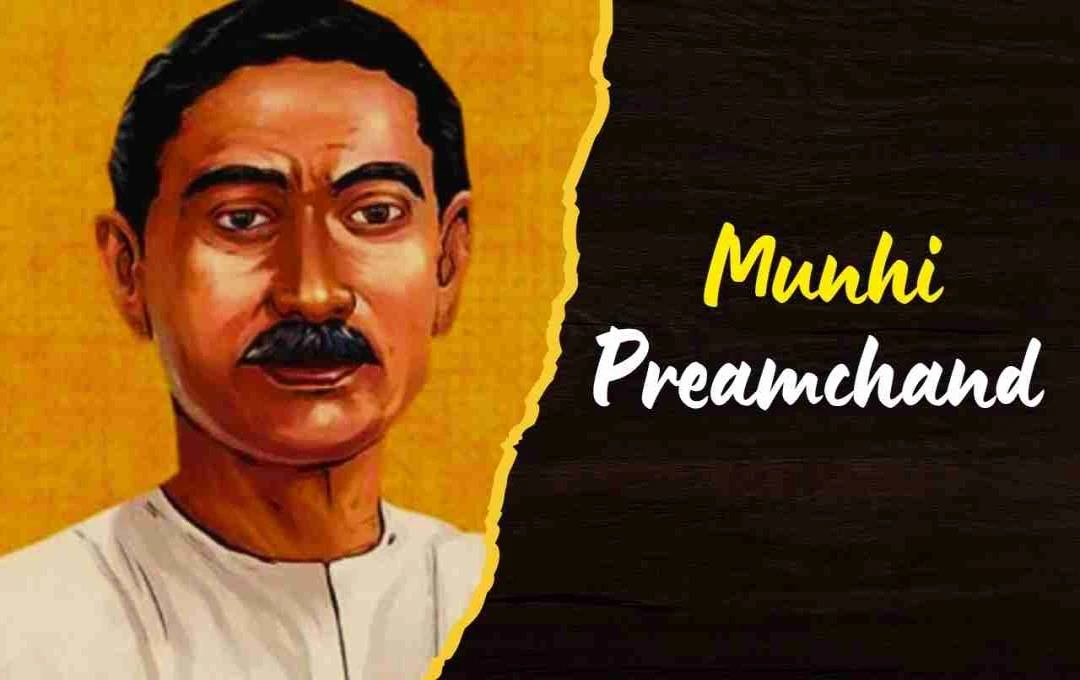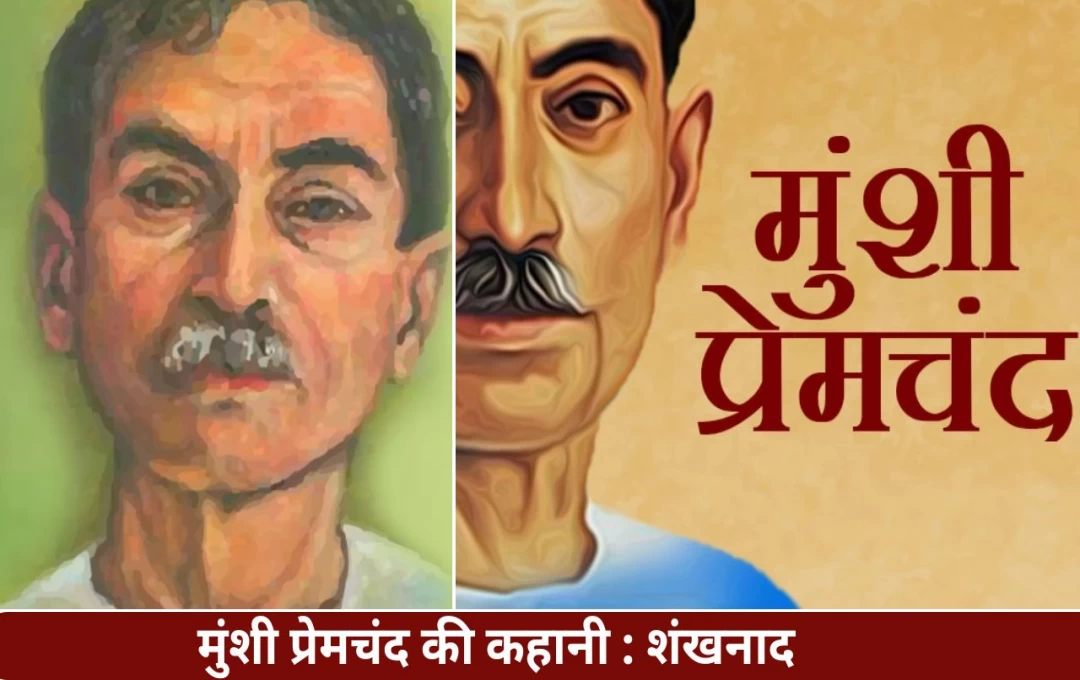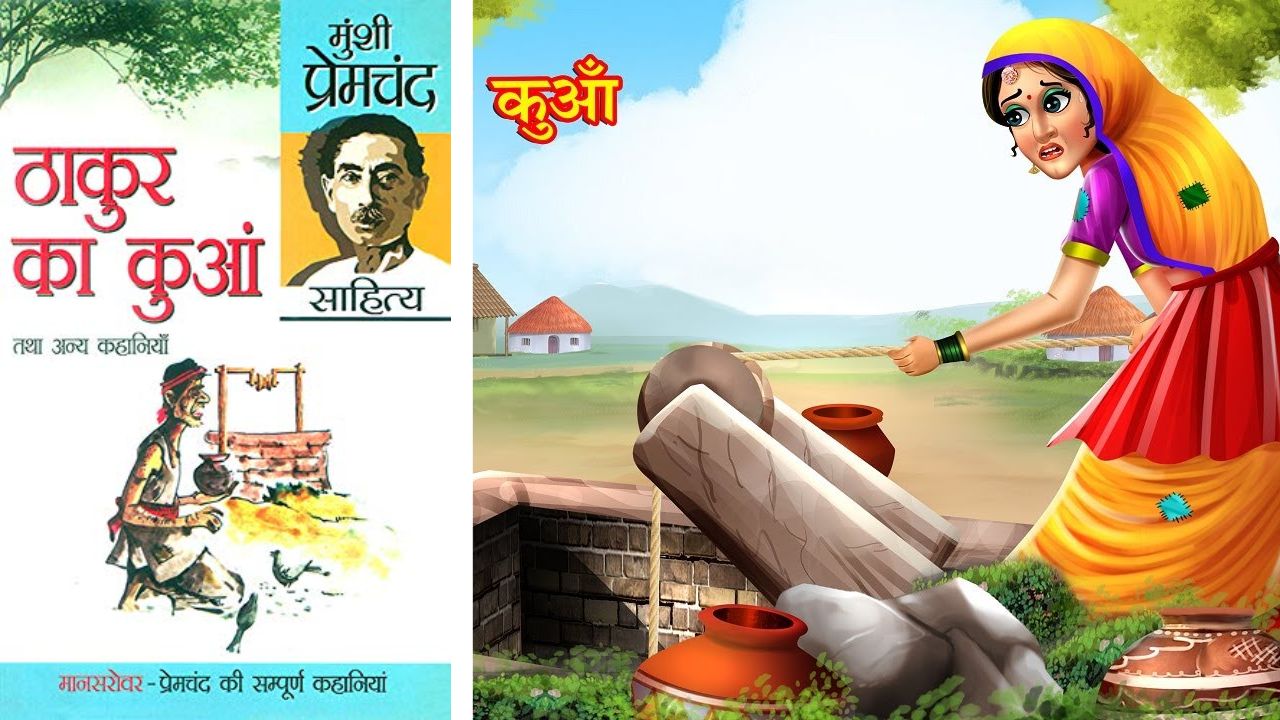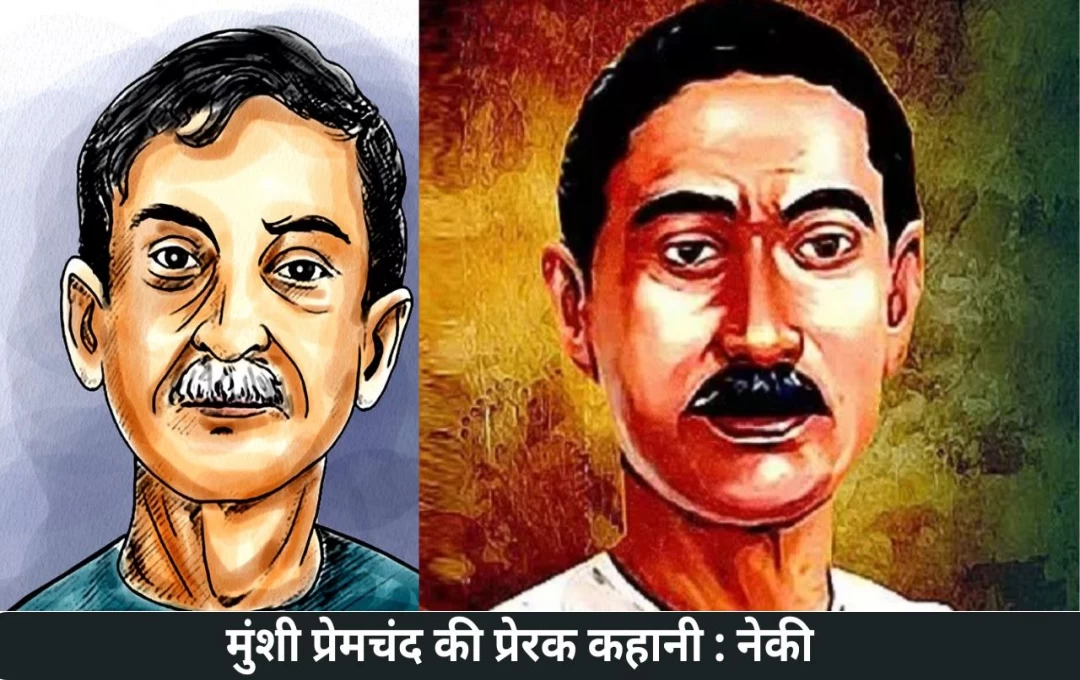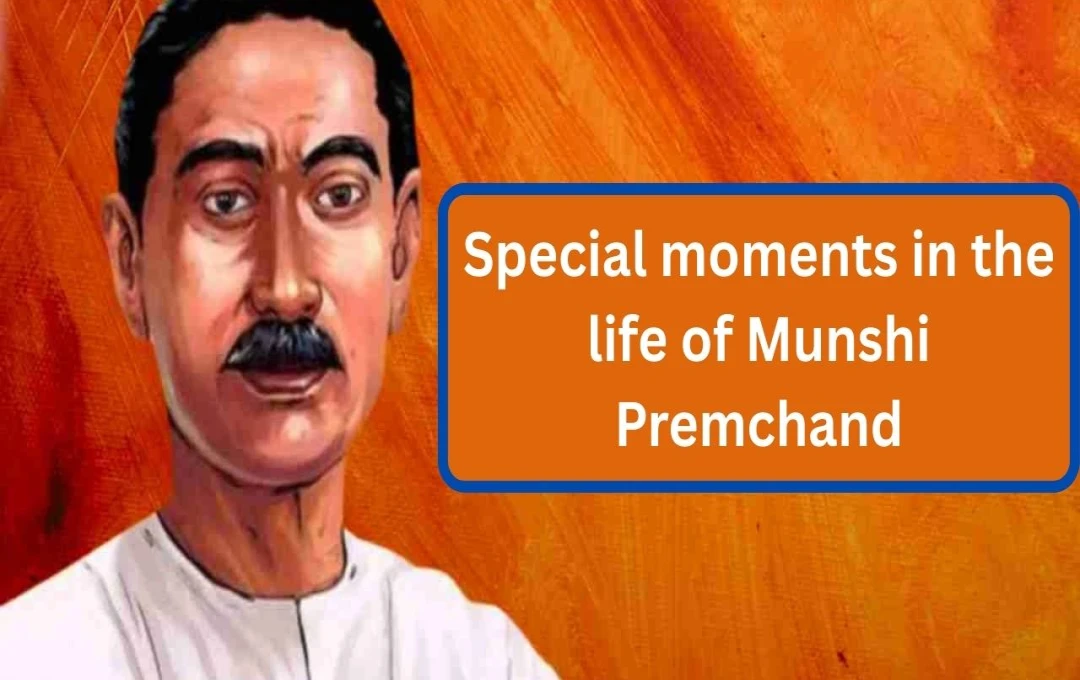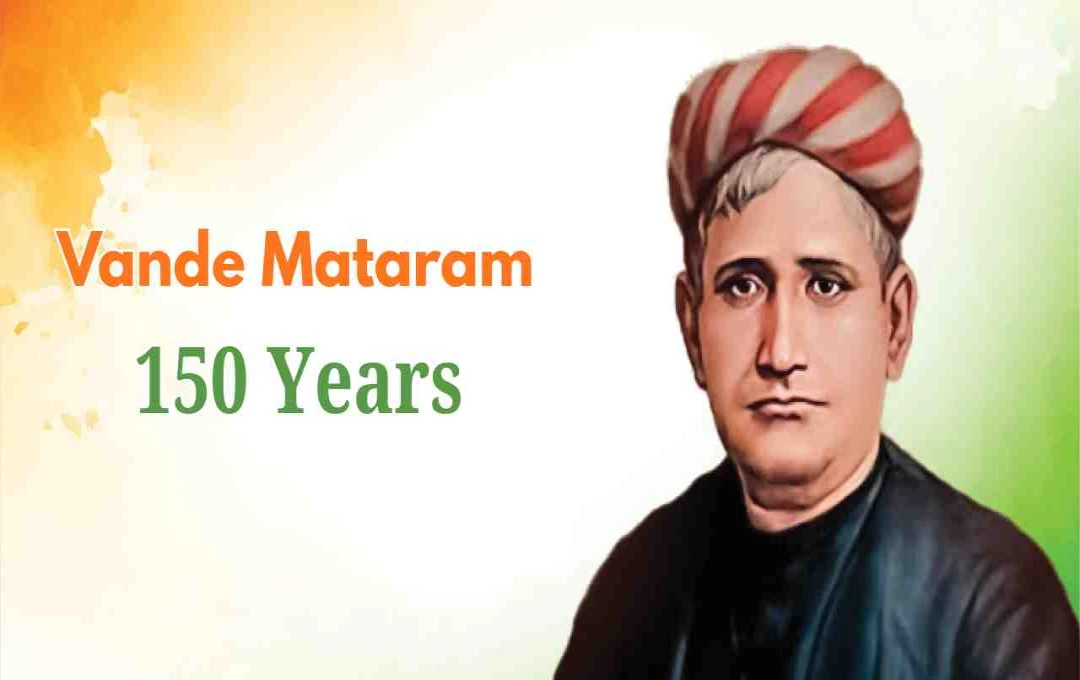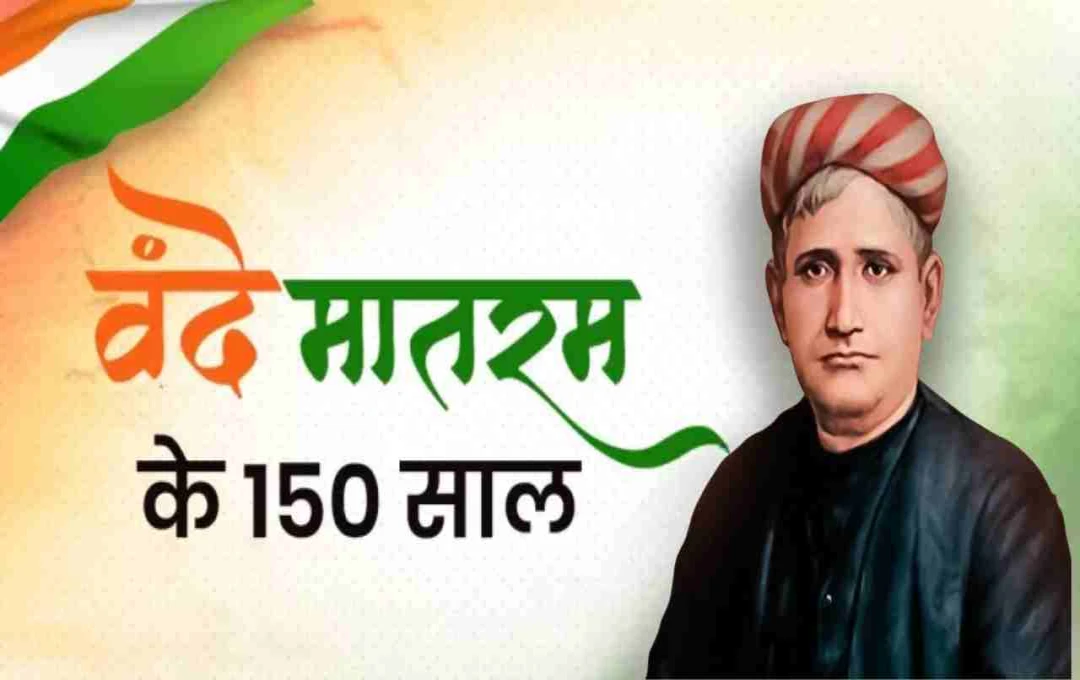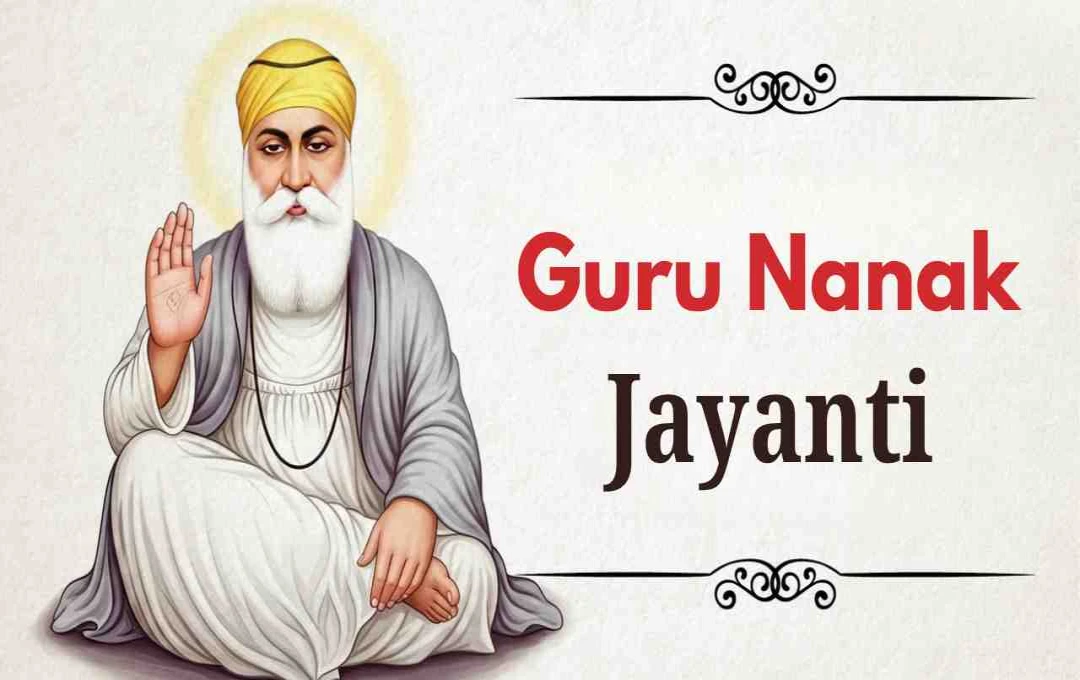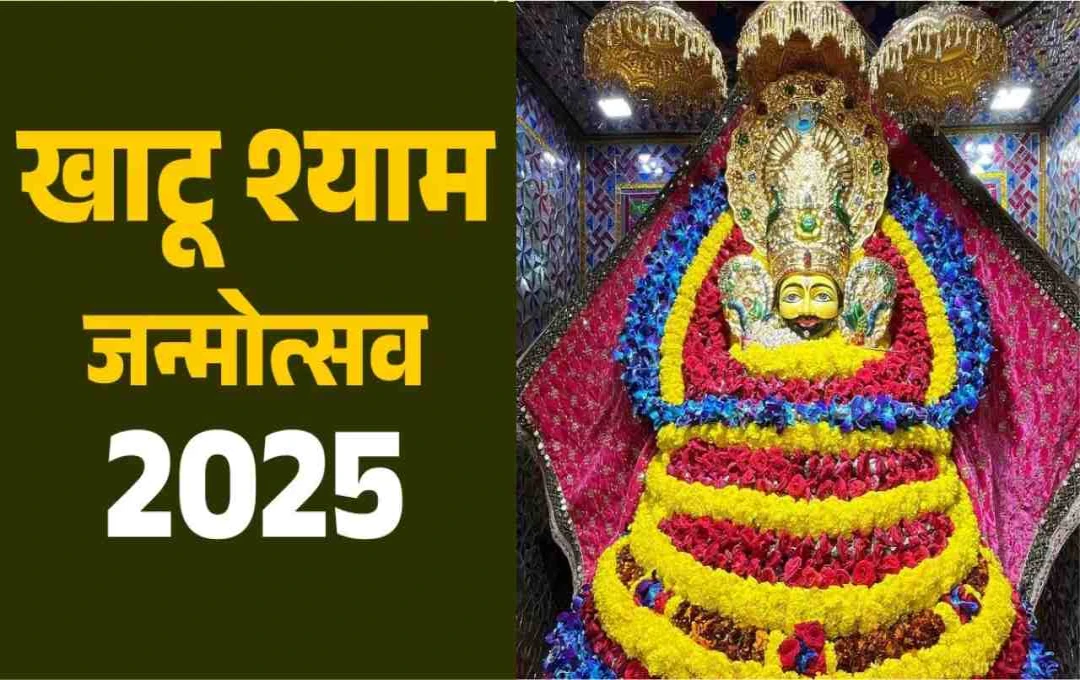India's independence struggle is replete with names who sacrificed their lives, resolving to free the country from the darkness of slavery. One such remarkable and fiery revolutionary was Chandrashekhar Azad, whose bravery, valor, and commitment inspired the entire nation. He was not only a valiant warrior in the freedom struggle but also a symbol of armed revolution.
Early Life and Birthplace
Chandrashekhar Azad was born on July 23, 1906, in Bhabra village in Madhya Pradesh (now known as Chandrashekhar Azad Nagar). He was born into a Brahmin family. His ancestors hailed from Badarka village in the Unnao district of Uttar Pradesh. His father, Pandit Sitaram Tiwari, was an educated and disciplined man who took up a job in the Alirajpur princely state during a famine. Chandrashekhar spent his childhood in a tribal-dominated area, where he became proficient in archery with Bhil children. This was where the seeds of marksmanship and weapon skills were sown in him.
The Flame of Patriotism from Childhood
The Jallianwala Bagh massacre of 1919 shook the entire nation of India. The young Chandrashekhar was deeply affected by it. During Gandhiji's Non-Cooperation Movement, he took to the streets with his schoolmates, raising his voice against the British government. It was during this time that he was first arrested and sentenced to 15 lashes as punishment. He was only 14-15 years old at the time. This incident further strengthened his morale. Pandit Jawaharlal Nehru mentioned in his writings about that young boy who endured lashes while chanting 'Bharat Mata Ki Jai' (Victory to Mother India) and protested until he fainted.
Political Journey and Revolutionary Path After the Non-Cooperation Movement
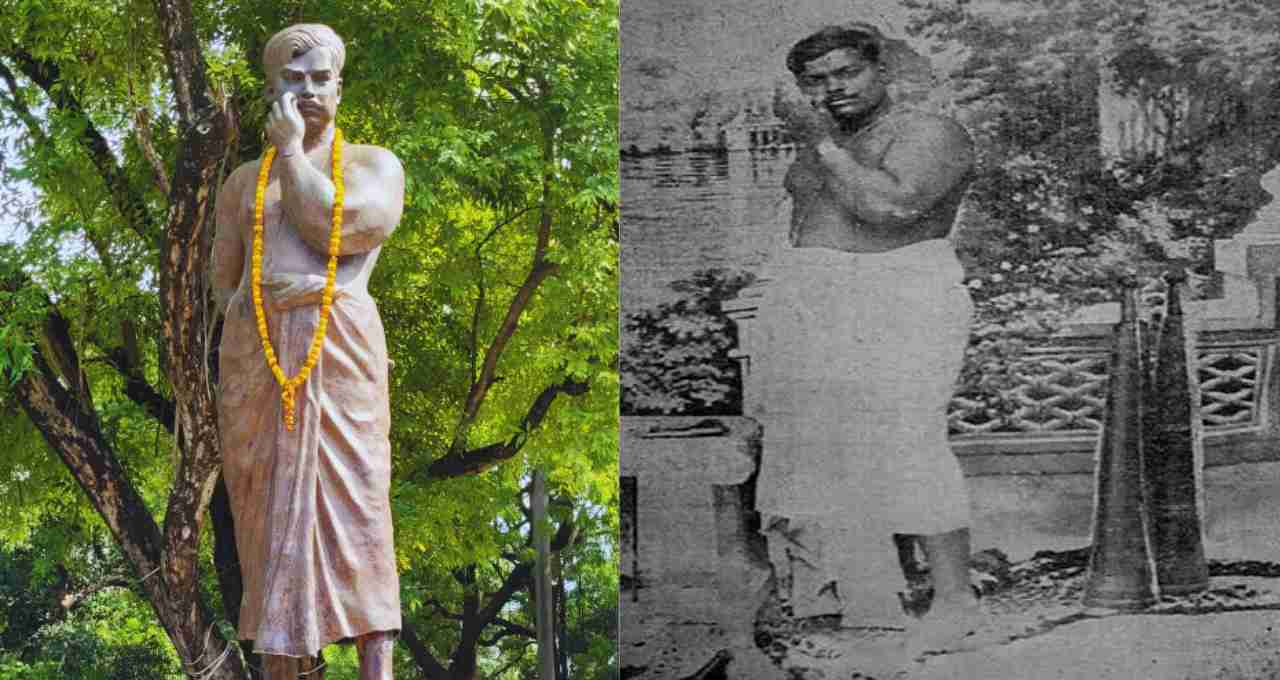
In 1922, after the Chauri-Chaura incident, Gandhiji withdrew the Non-Cooperation Movement, which demoralized young revolutionaries. Chandrashekhar Azad was also dissatisfied with the Congress's non-violent methods and adopted the path of armed revolution. Along with revolutionaries like Pandit Ram Prasad Bismil, Sachindranath Sanyal, and Yogesh Chandra Chatterjee, he founded the Hindustan Republican Association (HRA).
This organization resorted to robberies and other armed revolutionary activities for the sake of freedom, with the aim of raising funds for the organization. Azad never harmed innocent people with his discipline and ideals. In one incident, even when a woman snatched his gun, he did not harm her, which is indicative of his humanity and ethics.
Kakori Incident and the Torch of Armed Revolution
The Kakori incident in 1925 shook the entire nation. Under the leadership of Ram Prasad Bismil, a train robbery was carried out with the aim of spreading the message of revolution against the British government. After this incident, many revolutionaries were hanged, including Bismil. Chandrashekhar Azad absconded but kept the revolutionary movement alive with his other comrades. He was determined that he would never fall into the hands of the British and that he would always remain free. That is why he adopted the surname 'Azad' (Free).
Formation of the Hindustan Socialist Republican Association
In 1928, Chandrashekhar Azad merged the divided revolutionary parties of North India and formed the 'Hindustan Socialist Republican Association' (HSRA). This organization united the revolutionaries and chose the path of armed and organized struggle for freedom. Great revolutionaries like Bhagat Singh, Rajguru, and Sukhdev were also members of this organization. Azad played the role of Commander-in-Chief in this organization and provided military training to the revolutionaries.
Revenge for the Death of Lala Lajpat Rai
In 1928, British police officer James Saunders murdered Lala Lajpat Rai. Chandrashekhar Azad, Bhagat Singh, and Rajguru retaliated by assassinating Saunders in Lahore on December 17, 1928. This daring act increased respect and public support for the revolutionaries throughout the country.
Bomb Blast in the Central Assembly
On April 8, 1929, under the guidance of Chandrashekhar Azad, Bhagat Singh and Batukeshwar Dutt threw a bomb in the Central Assembly building in Delhi. This bomb blast was not intended to take anyone's life, but to protest against the unjust laws of the British. This incident garnered public support for the revolutionaries and intimidated the British government.
Azad's Strategies and Strengthening the Organization
Chandrashekhar Azad made Jhansi and Kanpur his main bholds. He trained revolutionaries, made plans, and clarified the objectives of the party. He was known for the organization's discipline and strategy. He believed that the fight for freedom would continue until the final decision, and that decision could only be 'victory or death.'
The Hour of Sacrifice and Immortality
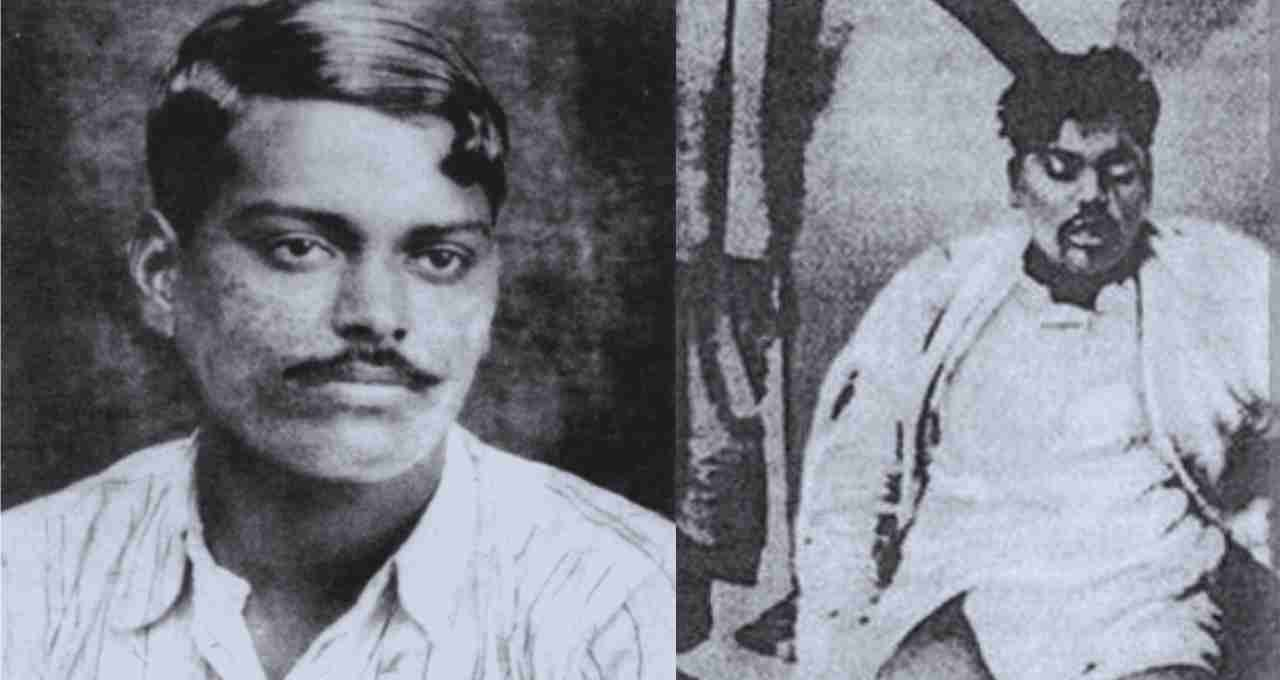
Azad's last battle took place on February 27, 1931. The police team of CID SSP Not Babbur laid siege to capture Azad. When the police attacked him, he fought bravely and killed three policemen. In the end, when only one bullet was left in his gun, he shot himself in the chest so that he would not fall into the hands of the British. His death gave a new impetus to the freedom struggle. As soon as the news of his death came out, protests erupted throughout Prayagraj. The public saluted his greatness, remembering his sacrifice.
Azad's Personality and Philosophy of Life
Chandrashekhar Azad's personality was very inspiring. He was not only a brave warrior but also a person with high moral values. After the Kakori incident, he disguised himself as a saint to hide, but never abandoned his identity. He preferred listening to revolutionary stories rather than reading, which kept his enthusiasm alive. His life and struggle convey the message that determination and sacrifice are essential for true freedom.
Azad's Legacy and Inspiration
Chandrashekhar Azad's contribution to the freedom struggle is invaluable. He inspired the countrymen to follow the path of armed revolution. His sacrifice inspired thousands of young people to participate in the freedom struggle. In 1988, the Government of India issued a postage stamp in his memory, and institutions, roads, and towns were built in his name in many places in the country. His bravery and fearlessness continue to be a source of inspiration for the youth even today.
The story of Chandrashekhar 'Azad' is not just the story of a freedom fighter, but it is a story of courage, self-respect, and patriotism. It was because of his sacrifice that India got independence. Even today, when we read his biography or listen to stories of his bravery, the fire of patriotism is ignited in our hearts.
